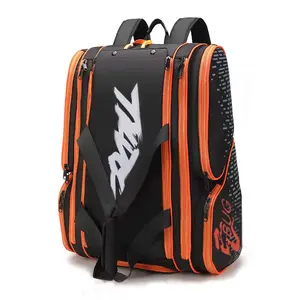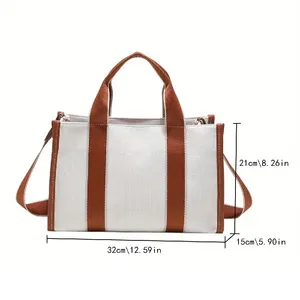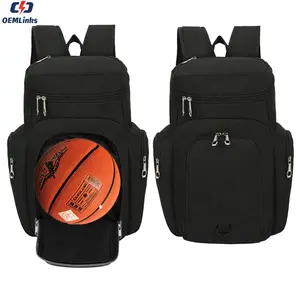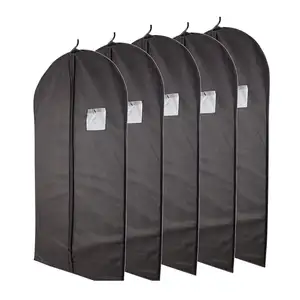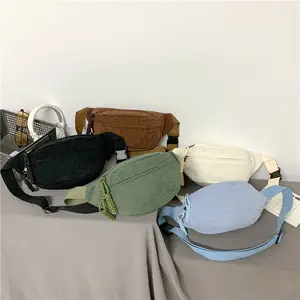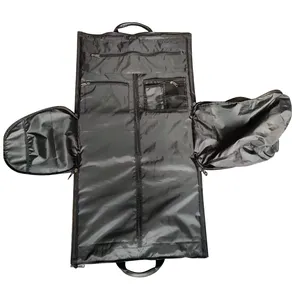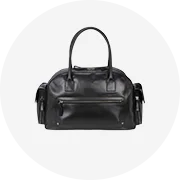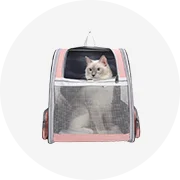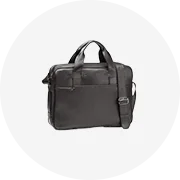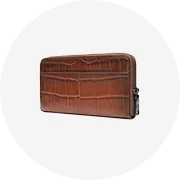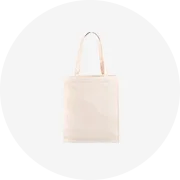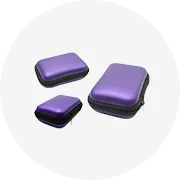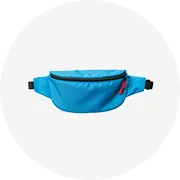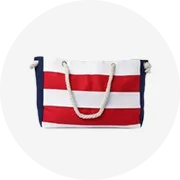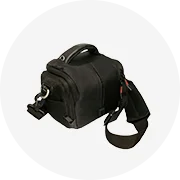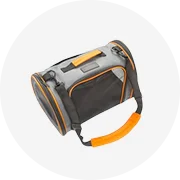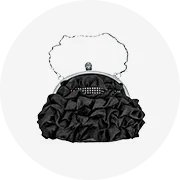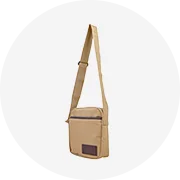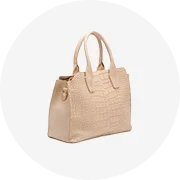Popular in your industry


































































Related Searches:





















































































































Top categories
About food carriers insulated
When it comes to transporting food while maintaining its temperature, a food carriers insulated product is an essential tool for a variety of businesses. These carriers are designed to keep hot food hot and cold food cold, ensuring that the quality and safety of the food are preserved during transit. The primary function of these carriers is to provide thermal insulation, which is achieved through the use of advanced materials and construction techniques.
Types of Insulated Food Carriers
Insulated food carriers come in various types to cater to different needs. Some are designed for heavy-duty use, like the 90L and 120L Commercial Catering Thermo Boxes, which are ideal for large-scale food transport. Others, such as the Custom Printed Lunch Bags, are tailored for individual use, perfect for school, work, or travel. Each type has its unique characteristics, such as the Heavybao models that are built for robustness and capacity, while the neoprene insulated cooler bags offer flexibility and personalization with sublimation printing.
Structure of Insulated Food Carriers
The structure of an insulated food carrier is meticulously designed to maximize thermal efficiency. A typical carrier might feature a rigid exterior shell that protects the contents from external forces, and an interior lining that is waterproof and easy to clean. Between these layers lies the insulation material, often foam or specialized batting, which traps air and reduces thermal conductivity. High-end models may include compartments with separate access points to minimize temperature loss when opening the carrier.
Materials in Insulated Food Carriers
The materials used in food carriers insulated products are chosen for their insulating properties and durability. Non-woven fabrics offer a balance between insulation and breathability, while materials like PE and PP are selected for their moisture-resistant and insulative qualities. Peva is a PVC-free vinyl that provides a waterproof layer, and Tarpaulin is known for its ruggedness and resistance to tears and punctures. These materials work in concert to provide a reliable barrier against temperature changes.
Business Usages and Applications
Insulated food carriers are indispensable in industries such as catering, food delivery, and event planning. They provide a solution for maintaining food quality during transport, which is critical for businesses like restaurants that offer off-site services. In the pharmaceutical industry, these carriers are used to transport temperature-sensitive medications. The carriers' ability to maintain a consistent temperature has also made them valuable in the logistics of perishable goods.
Functions of Insulated Food Carriers
The primary function of a food carriers insulated product is to maintain the temperature of its contents. This can include keeping hot dishes at safe temperatures to prevent bacterial growth, or keeping cold items chilled to preserve freshness. Additionally, these carriers often have secondary functions such as being collapsible for easy storage or having adjustable compartments to accommodate different-sized food containers.
Features of Insulated Food Carriers
Distinct features of insulated food carriers include thermal efficiency, which is often enhanced by additional elements like reflective interior linings. Some models feature solar panels to help maintain internal temperatures without the need for external heat sources. Adjustable straps, ergonomic handles, and stackable designs are other features that enhance the functionality and user-friendliness of these carriers.
Benefits of Insulated Food Carriers
The benefits of using food carriers insulated products are numerous. They ensure food safety by maintaining appropriate temperatures, enhance the convenience of transport, and offer peace of mind for businesses and consumers alike. By using these carriers, businesses can expand their service offerings to include off-site catering or delivery, thus potentially increasing their revenue streams.
How to Use Insulated Food Carriers
Using an insulated food carrier effectively involves preheating or precooling the unit before loading food, sealing it properly during transport, and minimizing the frequency of opening it to retain the internal temperature. For models with adjustable compartments, organizing the space efficiently to avoid gaps can also help maintain temperatures.
How to Choose the Right Insulated Food Carrier
Selecting the right food carriers insulated product depends on the specific needs of the business or individual. Considerations include the type and quantity of food being transported, the duration of transport, and the environmental conditions. For businesses, carriers with a larger capacity and rugged construction are ideal, while individuals might prefer lighter, more compact models.
How to Clean and Maintain Insulated Food Carriers
Cleaning and maintaining these carriers typically involves wiping the interior with a mild detergent and warm water, avoiding harsh chemicals that can damage the insulating materials. Regular checks for tears or damage to the exterior can help extend the life of the carrier. For maintenance, it's important to store the carrier in a dry, cool place when not in use.
Target Audience and Meeting Needs
The target audience for insulated food carriers varies from professional caterers and food delivery services to individuals looking for a convenient way to transport meals. For businesses, carriers with large capacities and robust construction are ideal, while individuals might look for carriers that are lightweight and stylish. Each product is designed with the end-user in mind, ensuring that it meets the specific needs and preferences of its intended audience.
How does the insulation in food carriers work?
The insulation in food carriers insulated products works by creating a barrier to heat transfer. The insulating materials used in these carriers are designed to minimize the amount of heat that escapes or enters, thus maintaining the temperature of the contents inside. This is achieved through the reflective linings, which reflect heat back into the container, and dense insulating materials that trap air and slow down the heat transfer.
What are the best practices for maintaining the temperature of food in insulated carriers?
To maintain the temperature of food in insulated food carriers, it is essential to preheat or precool the carrier before use, depending on whether you are transporting hot or cold items. This can be done by placing hot water or cold packs inside the carrier for a short period. Additionally, minimizing the opening of the carrier and ensuring that it is properly sealed during transport will help maintain the internal temperature.
How can businesses choose the right insulated food carrier for their needs?
Choosing the right food carriers insulated product depends on several factors, including the type of food being transported, the duration of transport, and the conditions in which the carrier will be used. Businesses should consider the capacity they need, the durability of materials, the efficiency of the insulation, and any additional features that may be beneficial, such as solar panels or adjustable compartments. It's also important to select a carrier with a design that aligns with the company's branding and customer experience goals.
